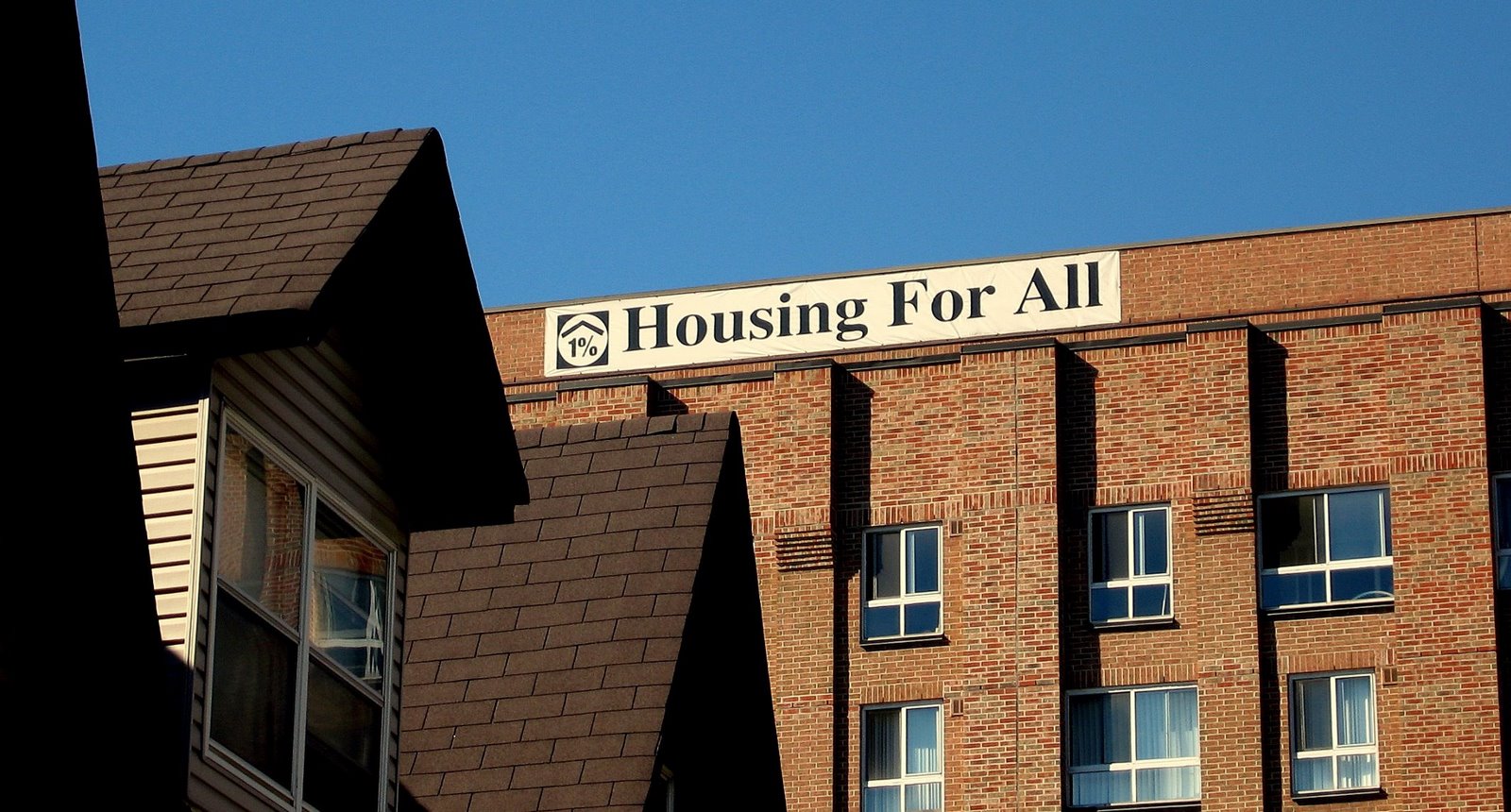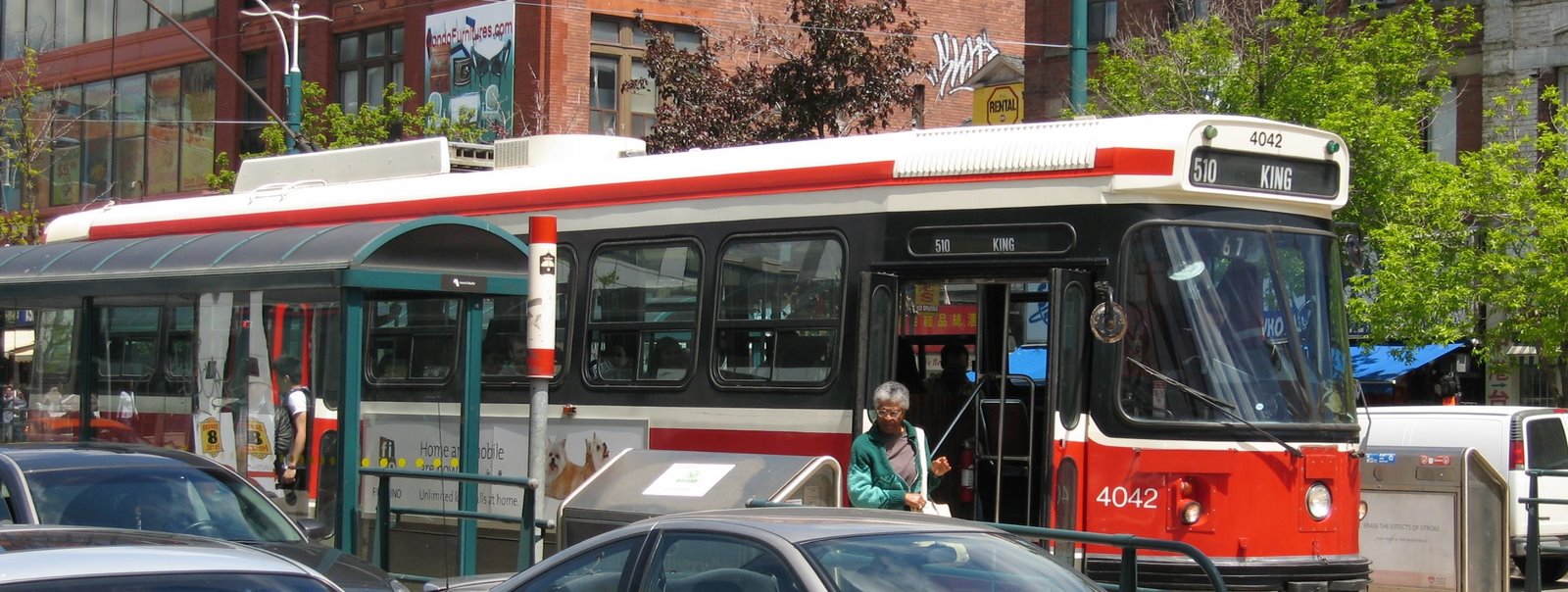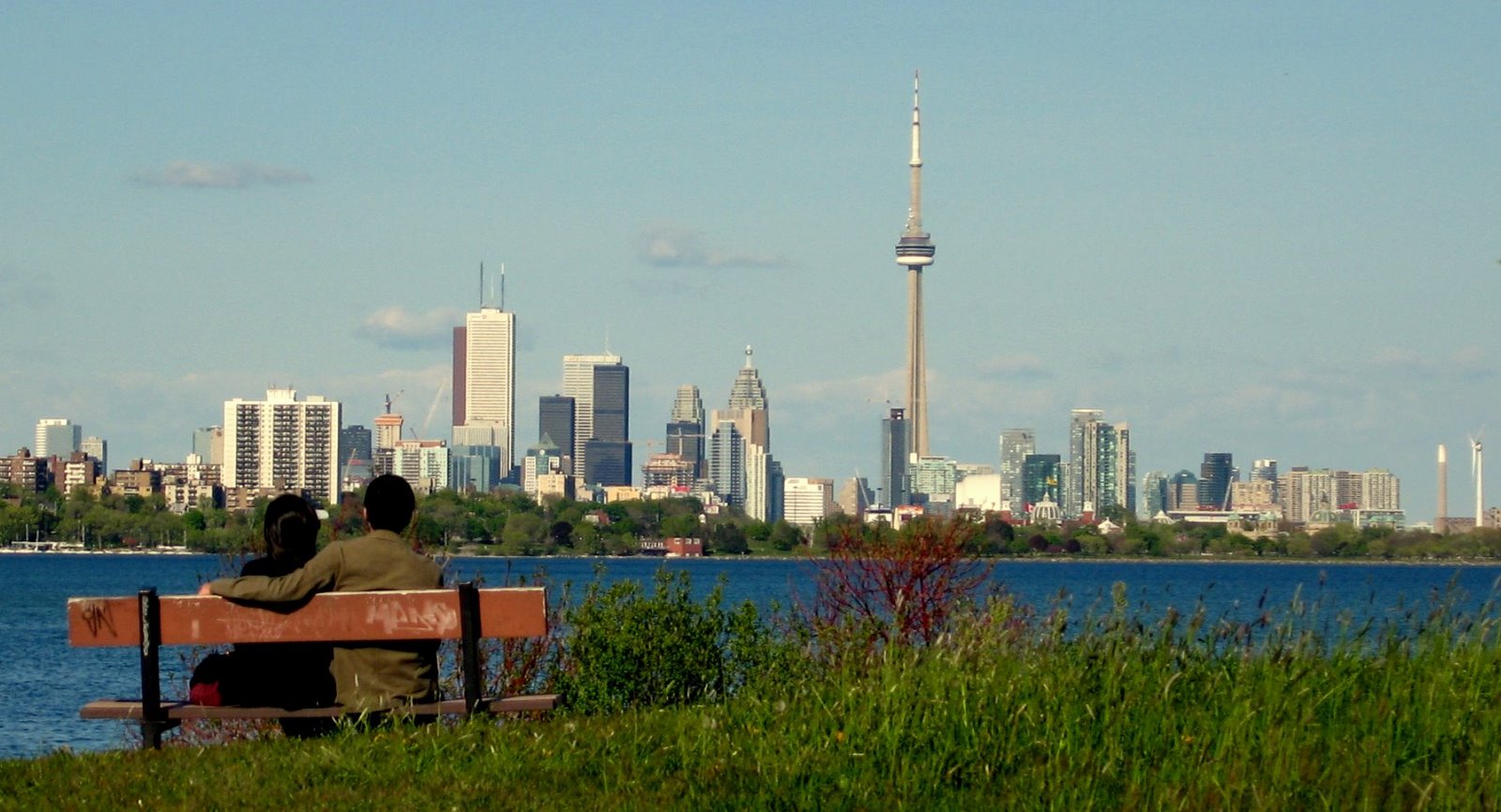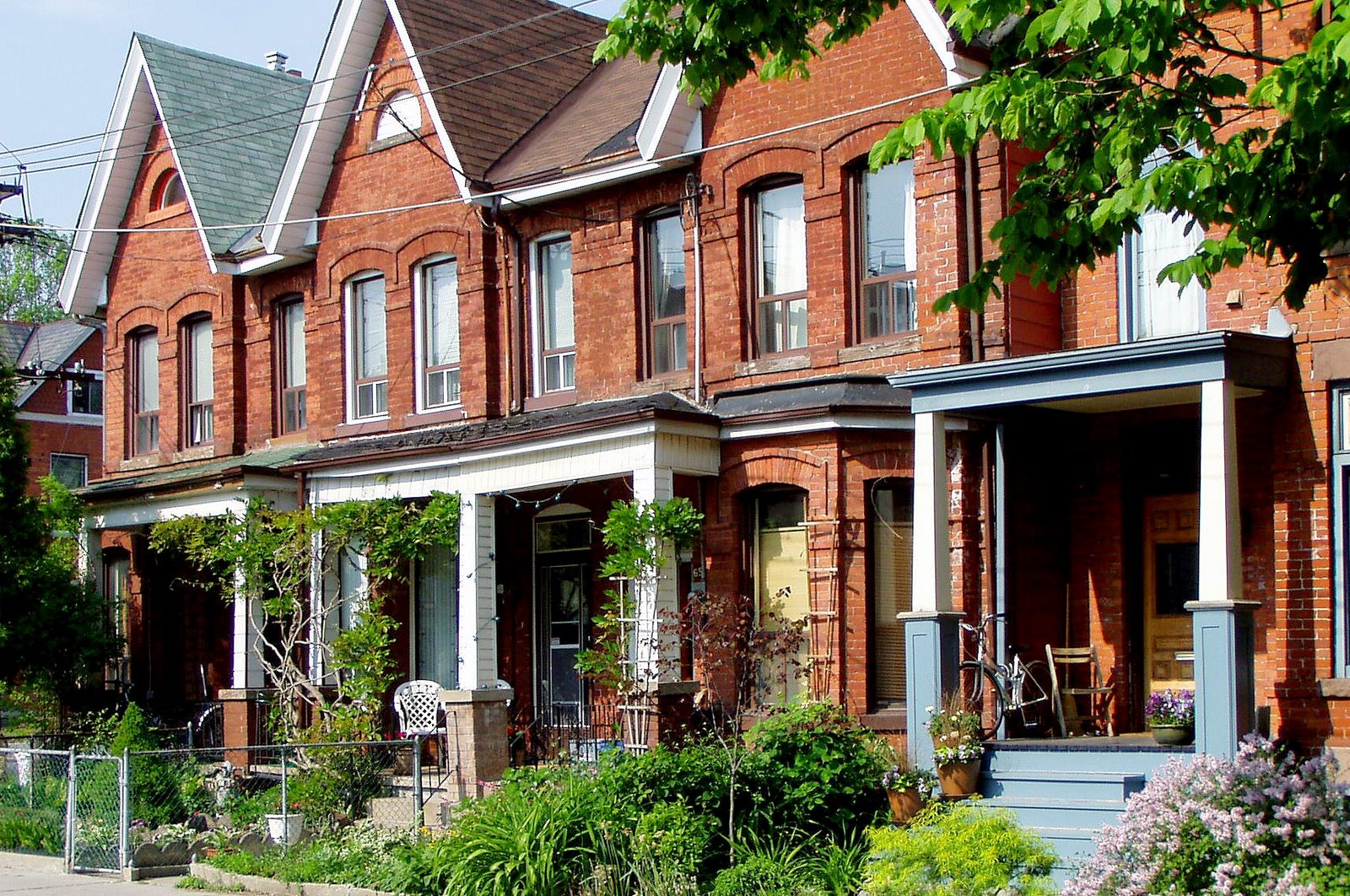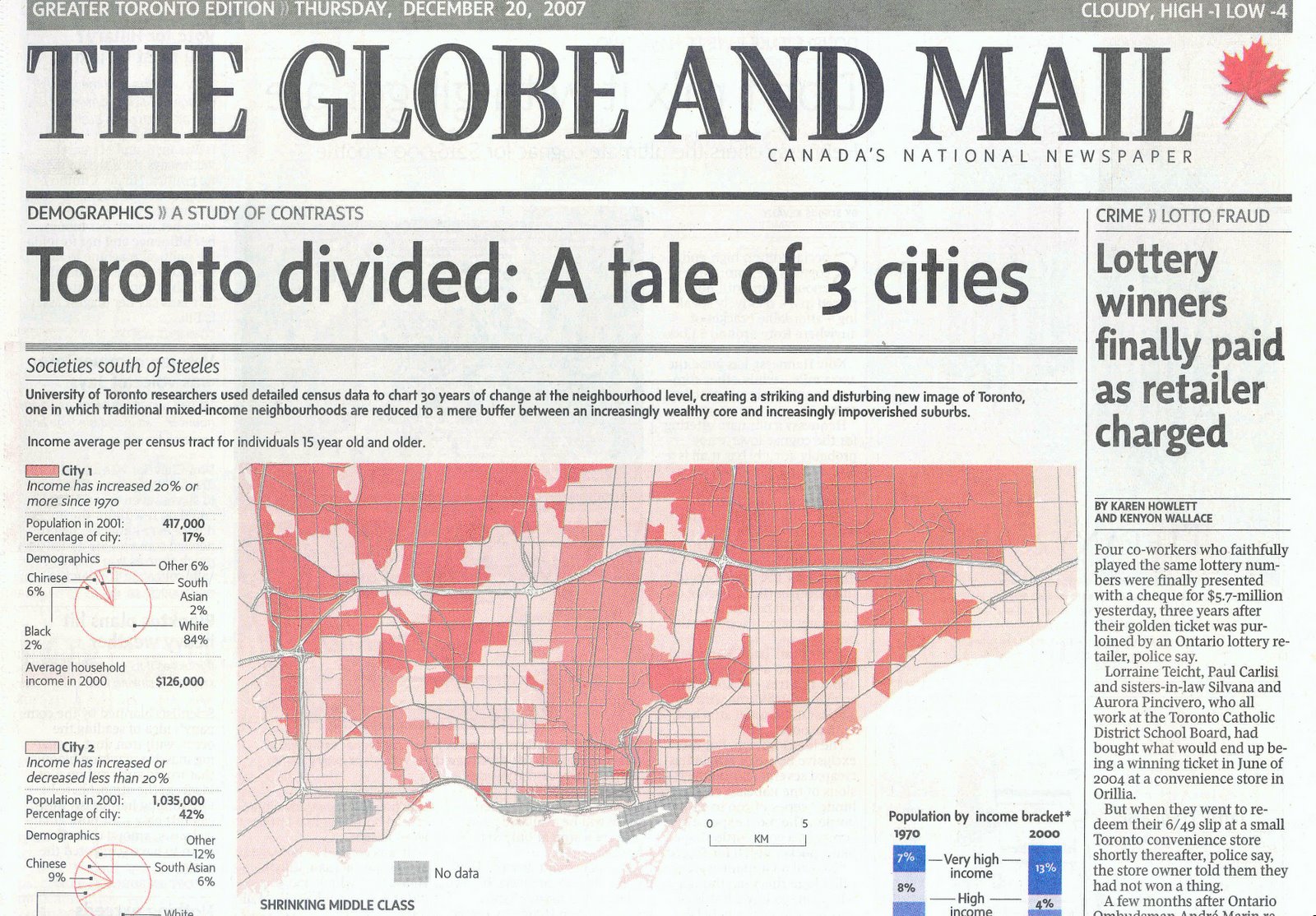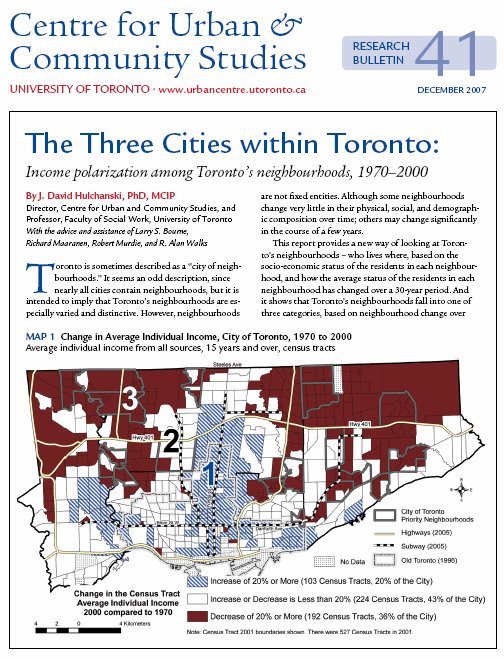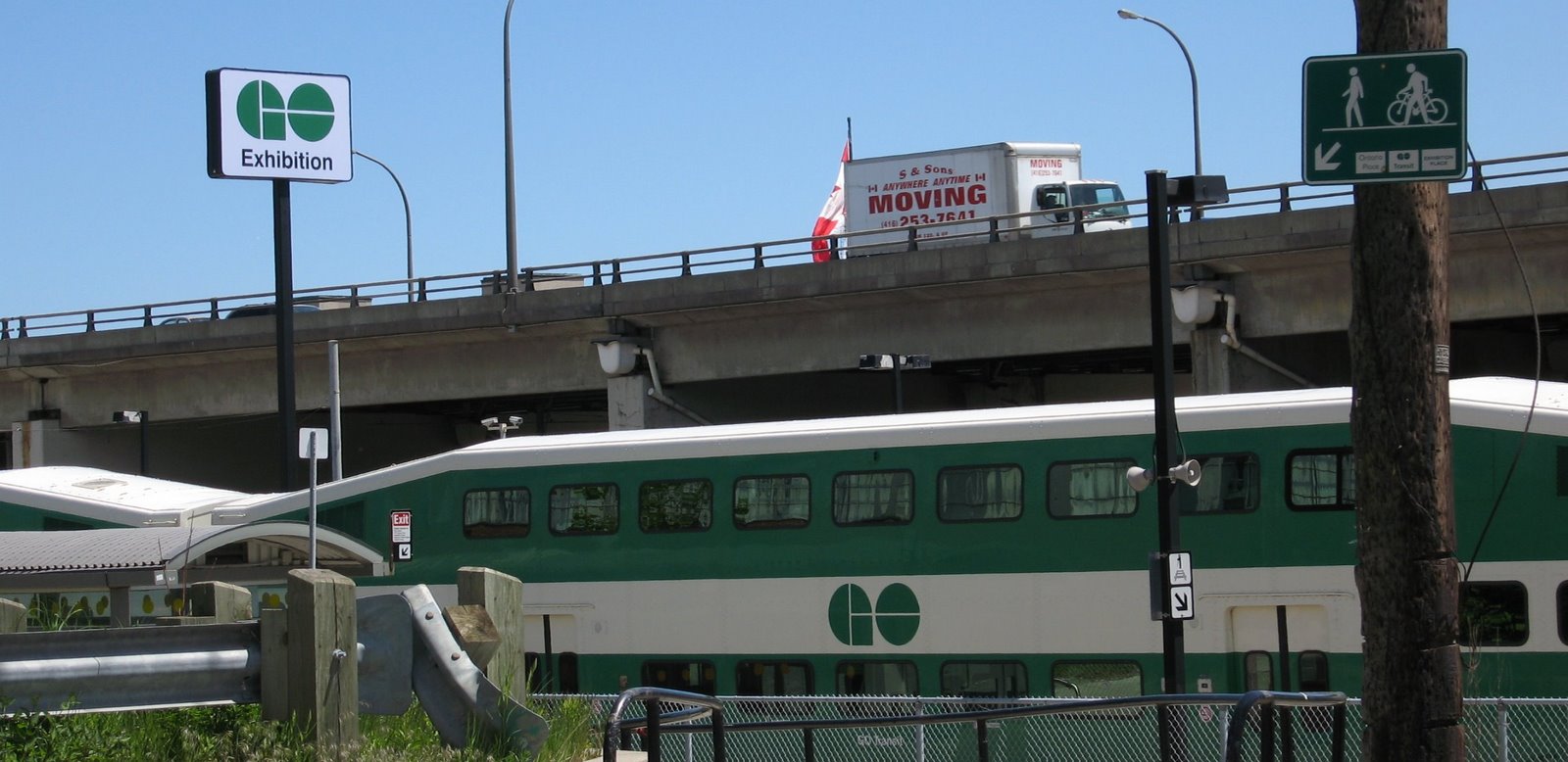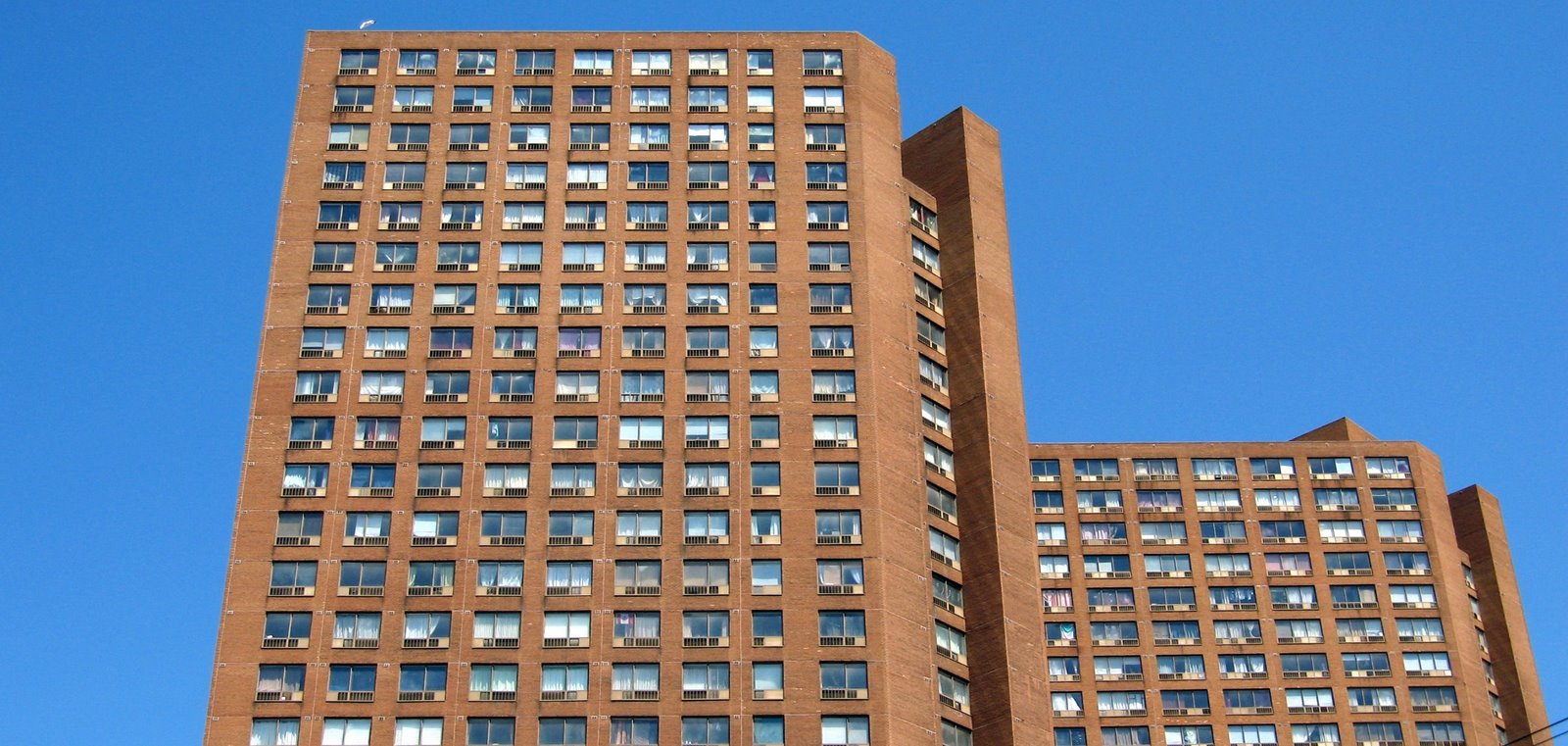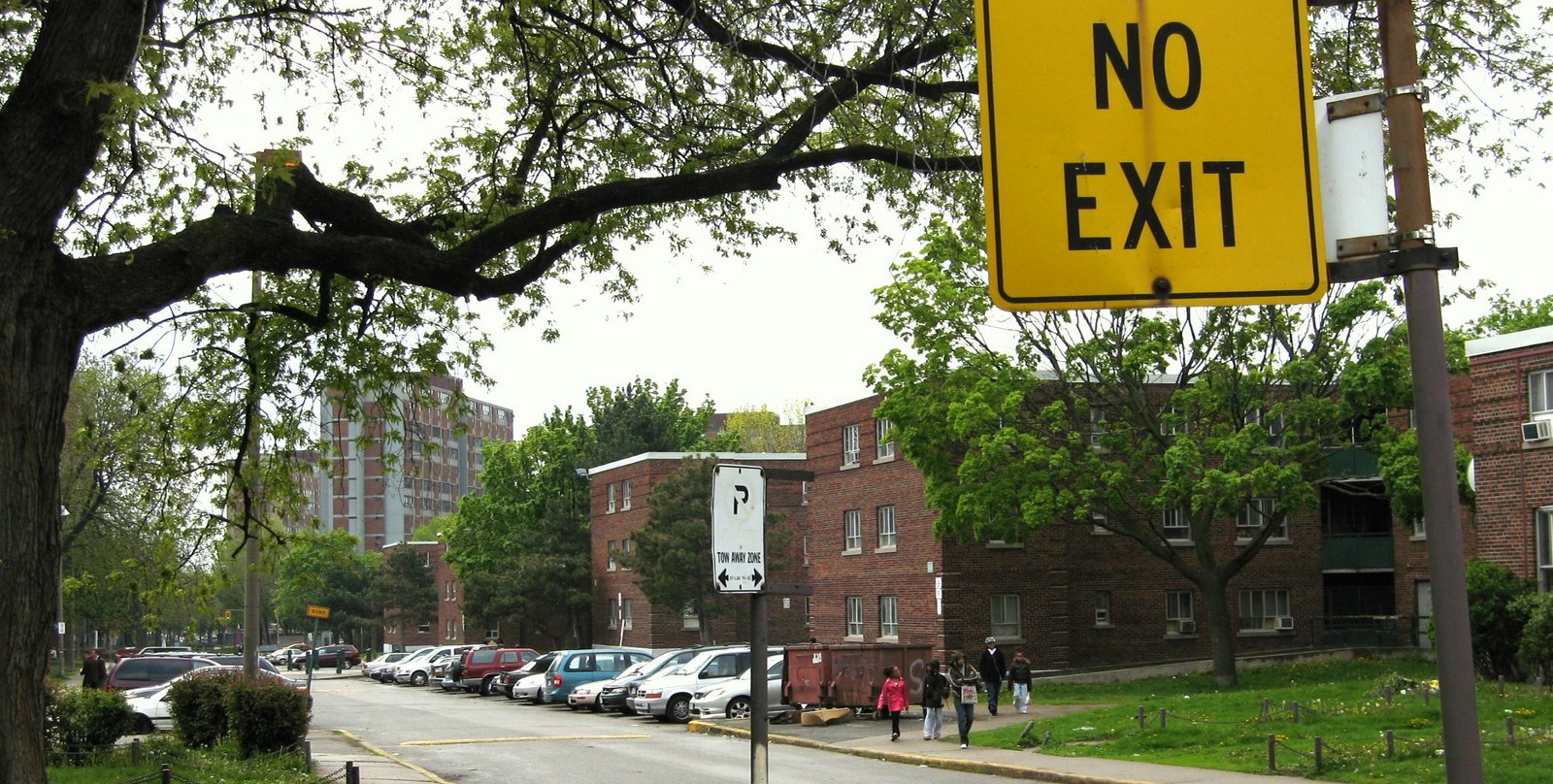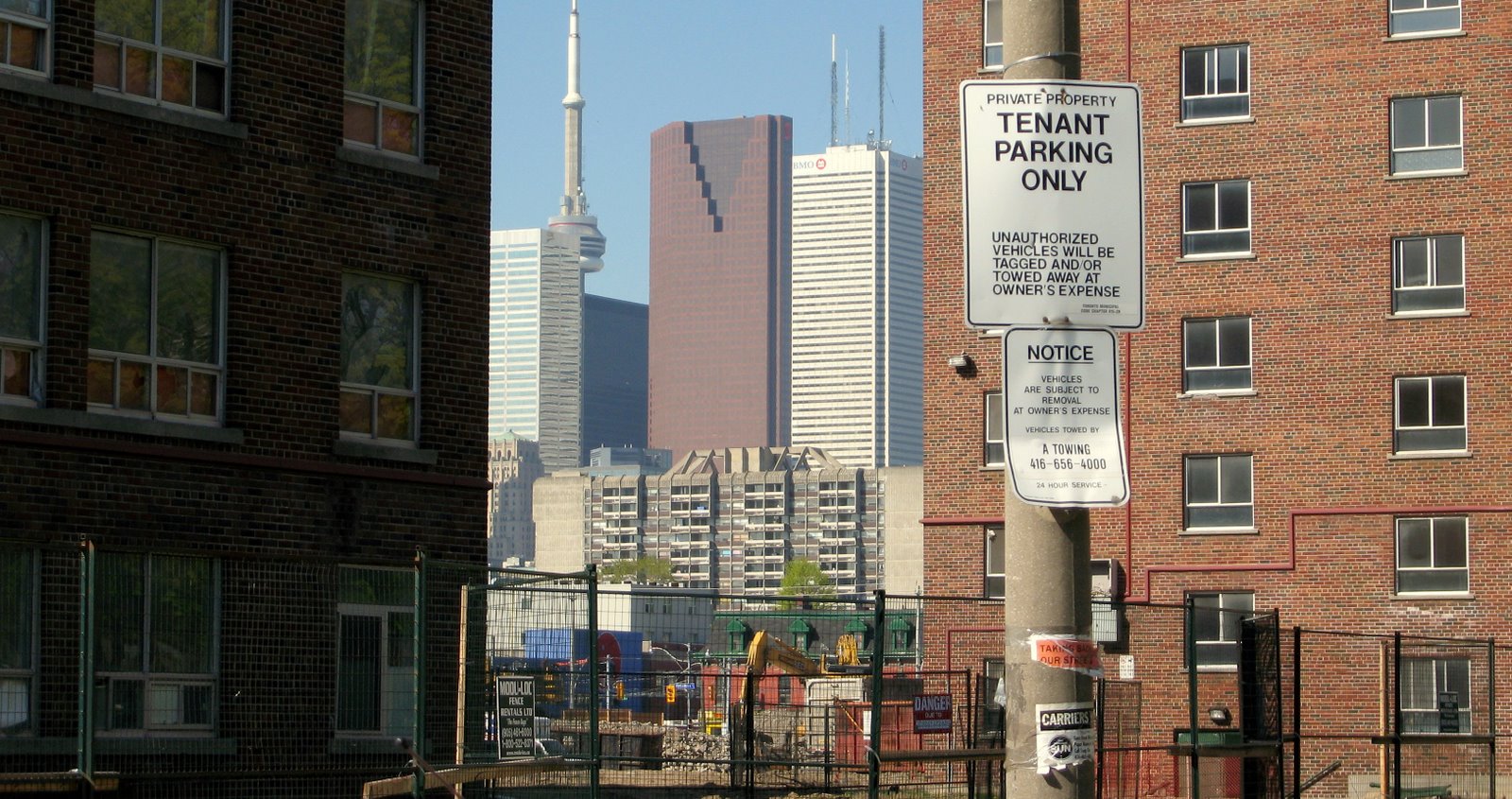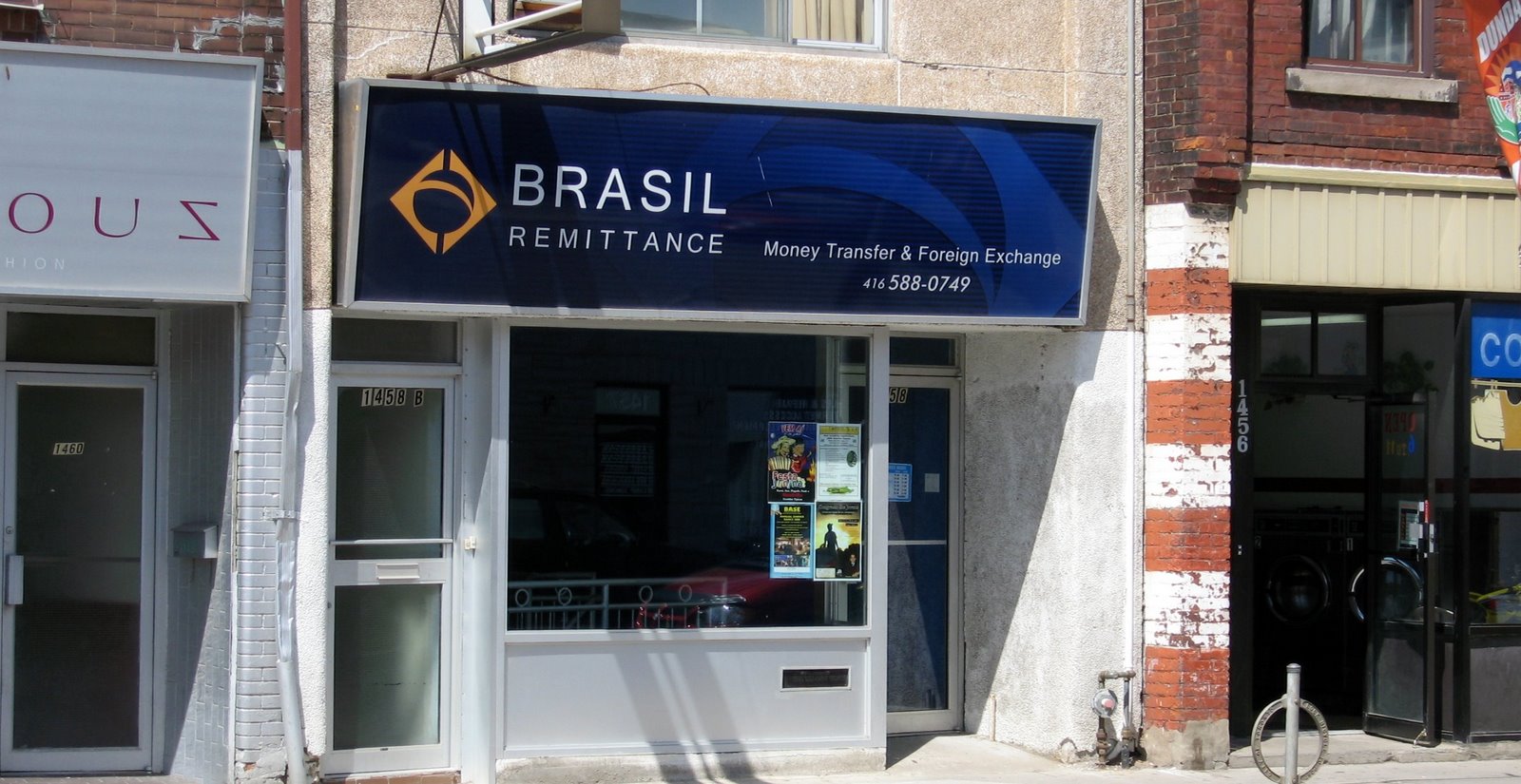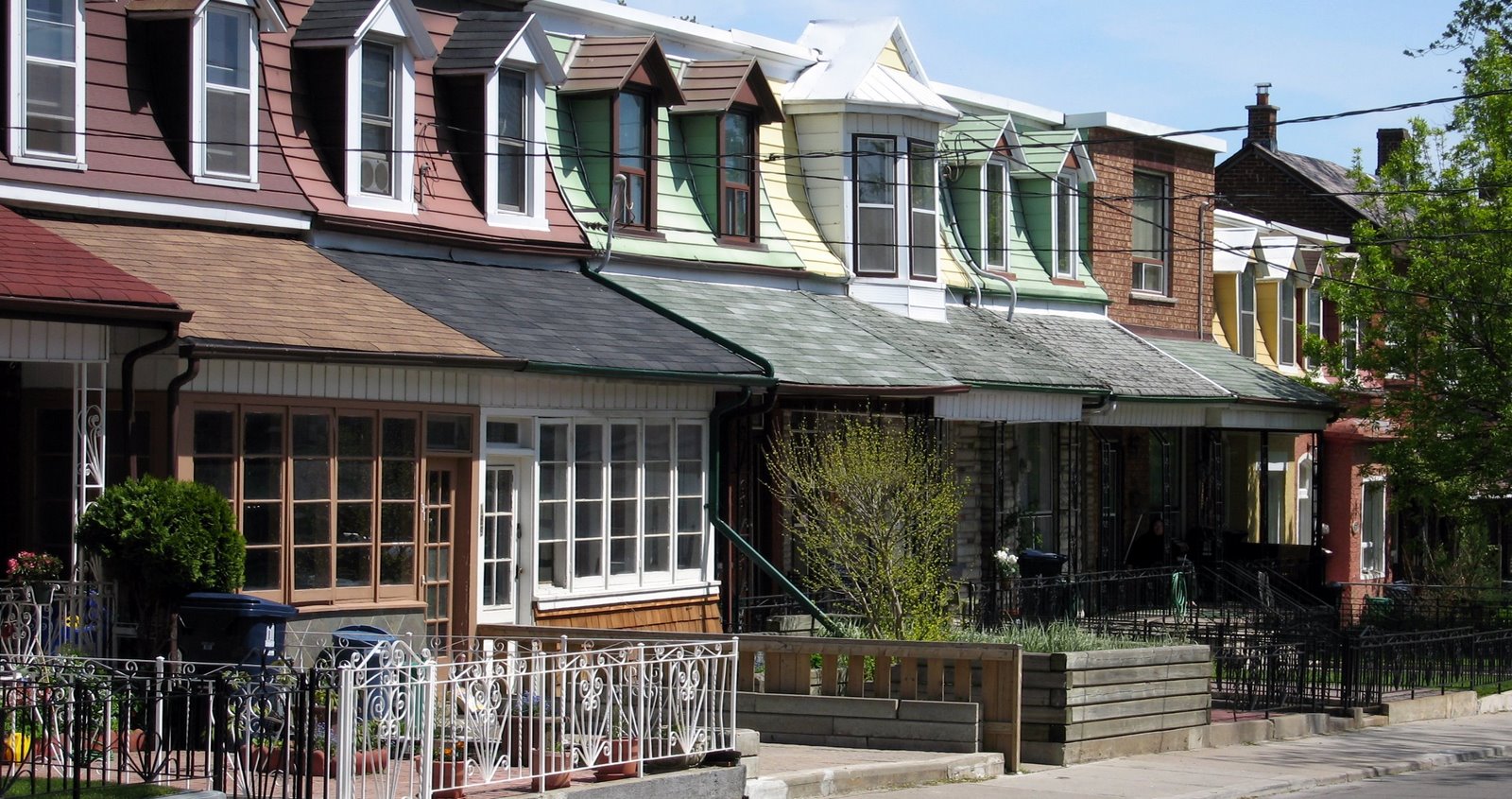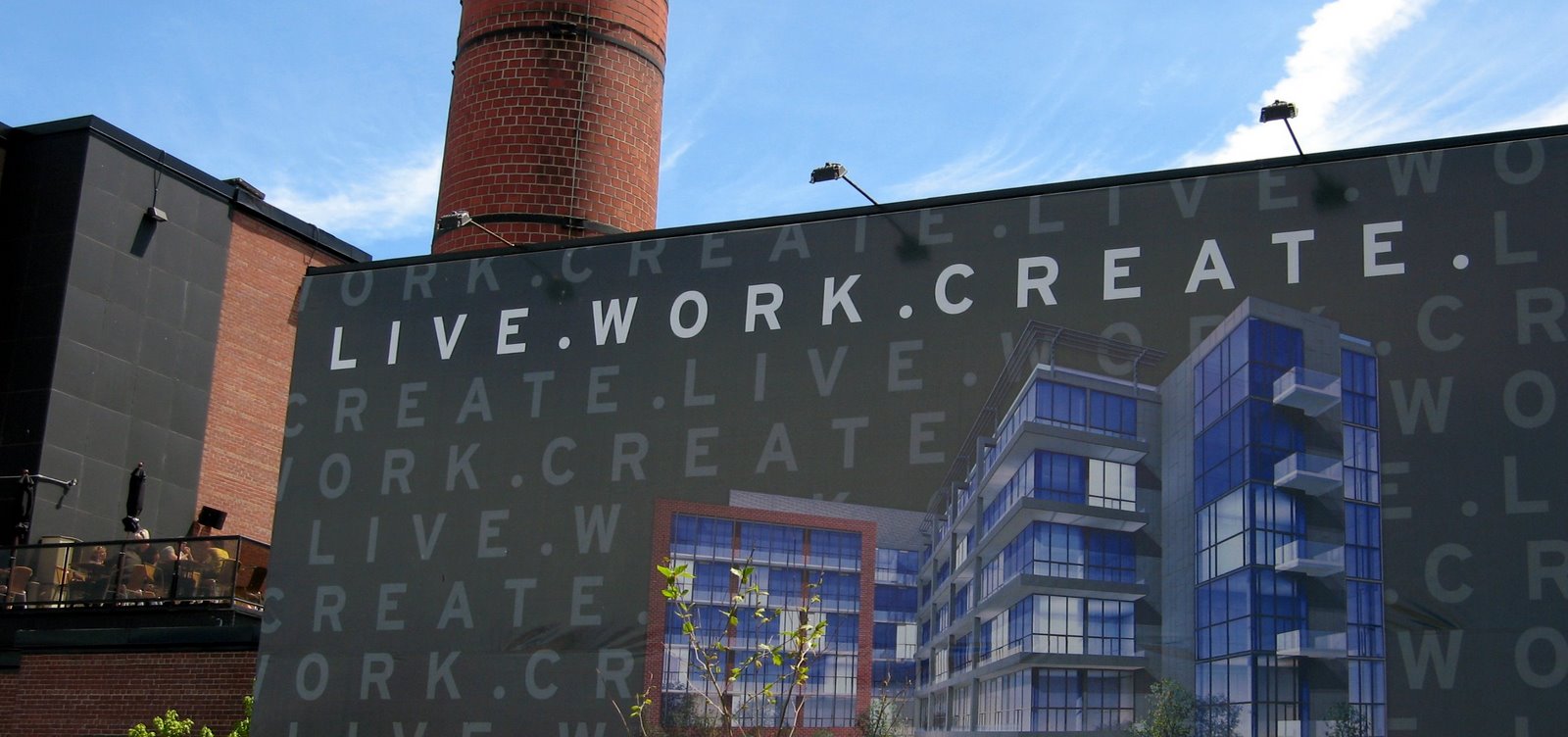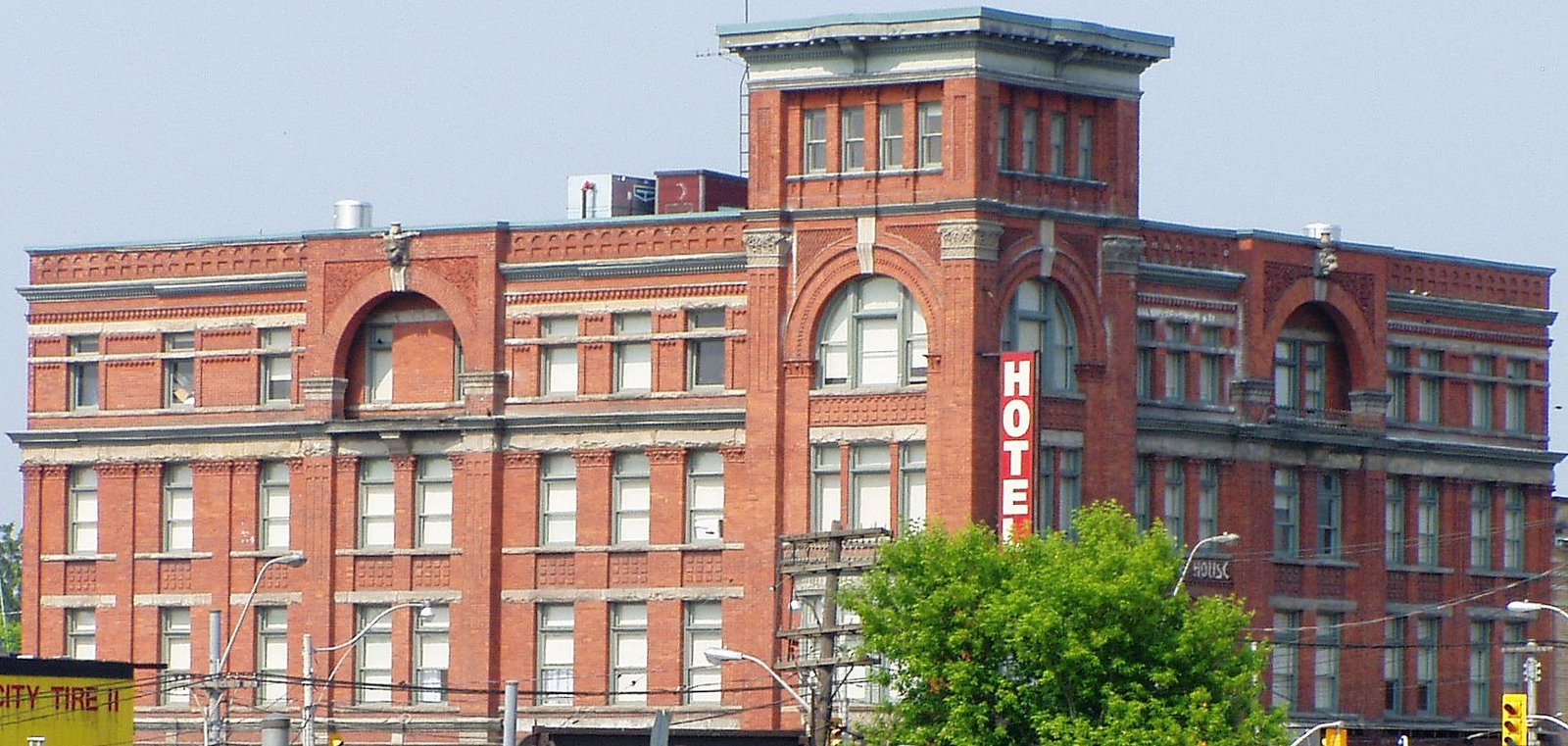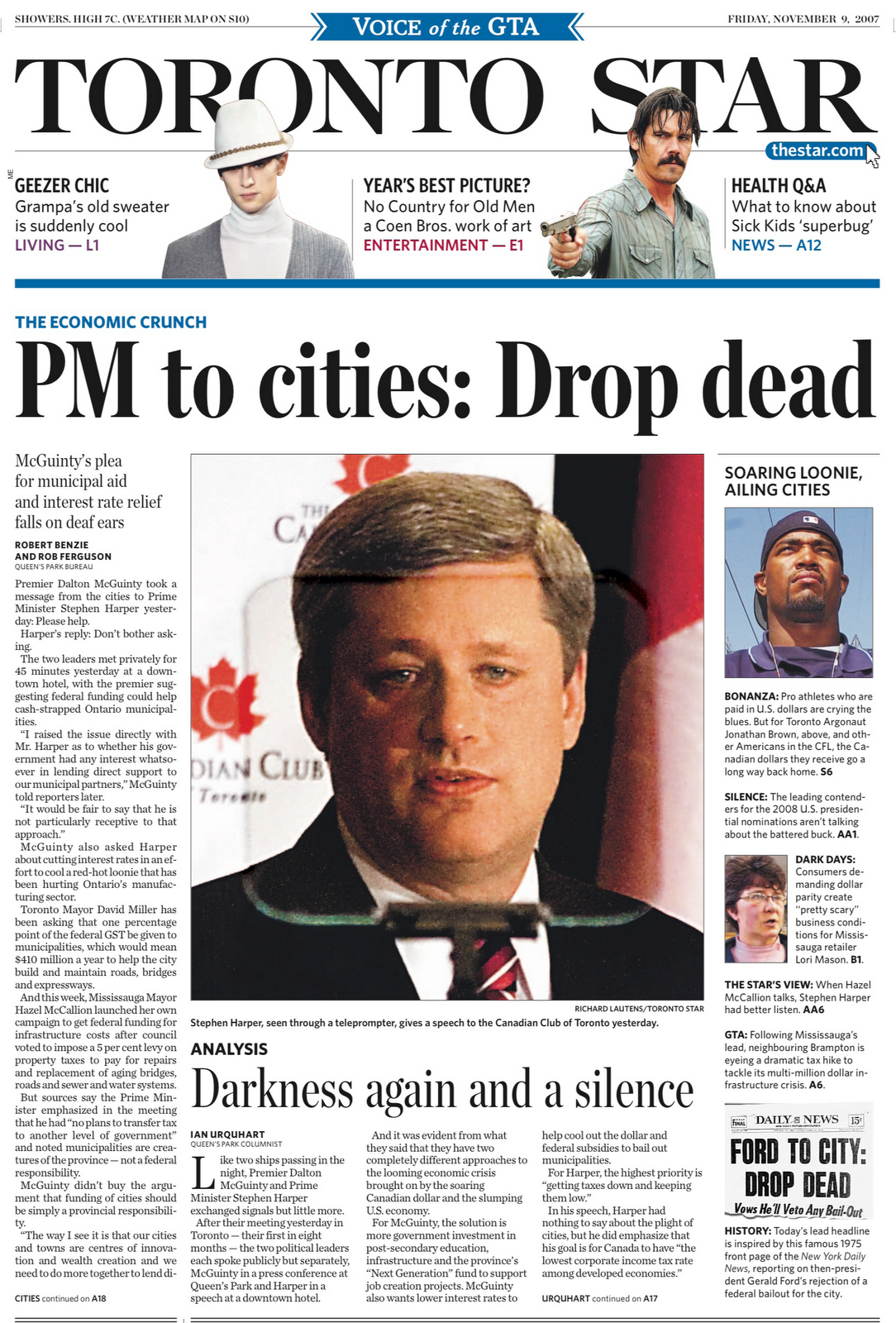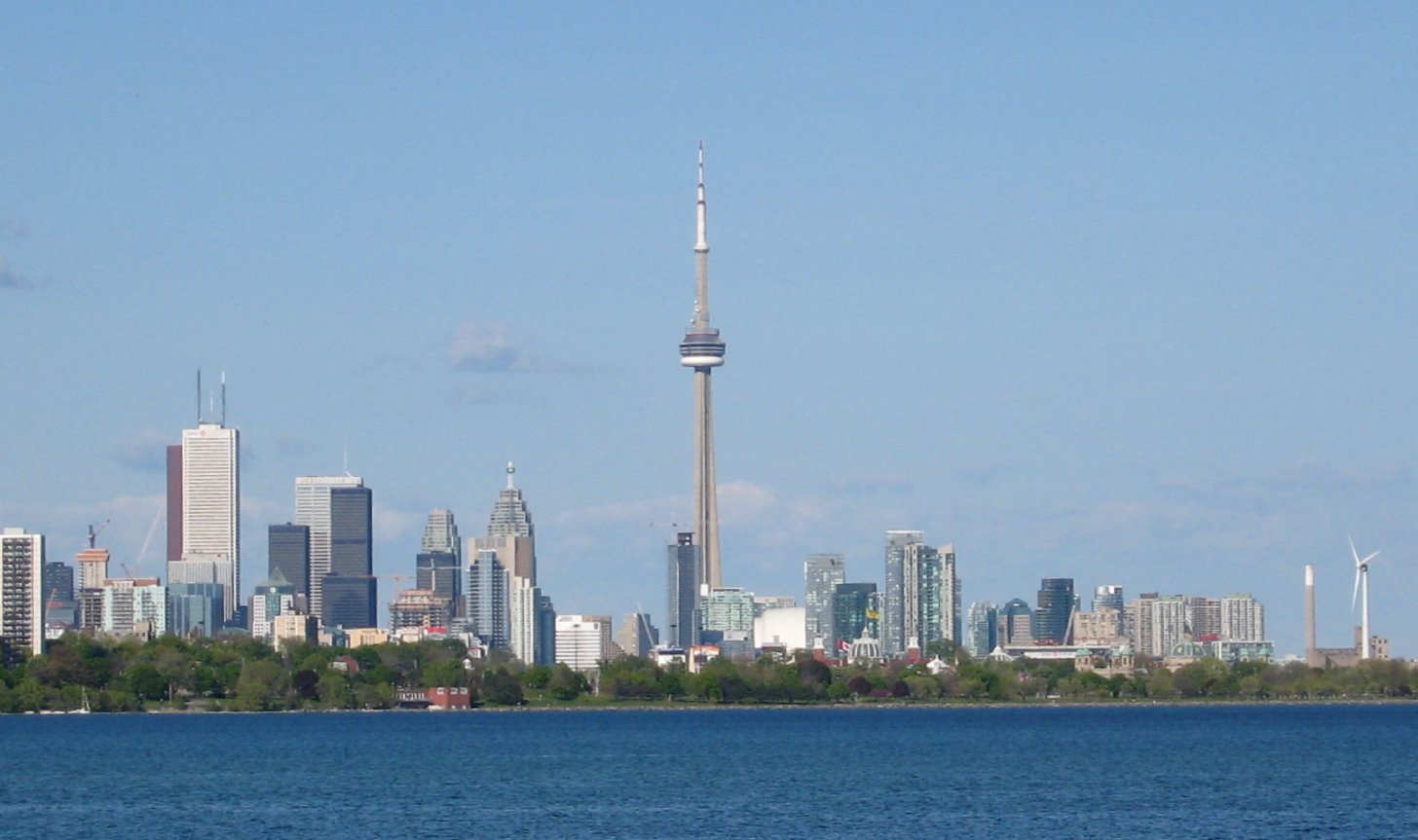In April 2010 the Social Sciences and Humanities Research Council of Canada (SSHRC) awarded a Public Outreach Grant to the research team working on the Neighbourhood Change Community University Research Alliance.
SSHRC's Public Outreach Grant program is designed to mobilize and leverage existing and ongoing research for a range of audiences beyond academia. Through this funding SSHRC encourages researchers to find effective ways to disseminate, transfer, exchange, synthesize and broker research results to wider audiences.
The research team is lead by professors Damaris Rose (INRS, Montreal), David Hulchanski (Toronto) and David Ley (UBC, Vancouver).
SUMMARY of the Montreal, Toronto, Vancouver Outreach / Dissemination Proposal
This proposal is designed to inform a broad audience about our ongoing research in documenting and explaining changes in neighbourhoods in Canada’s three largest metropolitan areas – Toronto, Montréal and Vancouver. These changes are the result of many combined forces, including globalization, economic shifts, public policies, gentrification, and immigration.
They affect people and the neighbourhood institutions and services they use and depend on, but most people do not fully understand why the changes are occurring, or what they mean. Neighbourhood change affects who lives where, the type and quality of housing, what businesses prosper in certain places and why others fail, the quality of schools, the distribution of social and municipal services, and access to other parts of the city. In short, everything connected with living in a specific neighbourhood.
We have studied these changes in three Canadian cities over a span of 35 years, using census data, as well as many other sources of information. We have produced a series of maps that illustrate changes in everything from income distribution to housing to immigrant settlement, supported by reports and presentation scripts that are intended to explain the changes to other academics. But since the changes have immediate effects for about a third of all Canadians (the combined population of the Toronto, Montreal, and Vancouver city-regions, often referred to as “second tier” global cities), we need to explain them to a much broader audience. Furthermore, these changes have implications for policy and government programs and the allocation of resources, and decision makers and their staff at all levels of government need to know about them.
In particular, we are concerned about the divisions and increasing inequities among neighbourhoods, about deepening poverty in some areas and concentrated wealth in others, and the decrease in the number of middle-income households and middle-income neighbourhoods in all three cities. We have already achieved some success in disseminating our findings about Toronto in Toronto newspapers, but we have not yet started to raise awareness in Montreal and Vancouver, and we need to do much more to ensure that policy makers understand these trends and their implications for Canadian society.
We are proposing a year-long effort to make our findings widely known in the three affected cities, by transforming our academic products into plain-language publications, presentations, web-based materials, and information packaged for use in various ways by the media. We also plan to hold public events to raise awareness, and to develop policy proposals to address some of the concerns we raise.
The project includes community outreach and working with community partners to spread information through their networks and communications vehicles.
Rationale for this public outreach dissemination proposal
“Until we begin to face up to the reality of rising inequality and its geographic expression, no solution will be possible.” (Massey, 1996:410)
In their book on urban trends in the era of globalizing cities, Peter Marcuse and Ronald van Kempen ask, “Is there a new spatial order in cities?” In answering no, they note that cities have always been divided in various ways, but conclude with the warning that today these “changes may be summarized as an increase in the strength of divisions in the city and the inequality among them.” Marcuse and van Kempen suggest that we can expect to see:
· “strengthened structural spatial divisions among the quarters of the city, with increased inequality and sharper lines of division among them;
· “wealthy quarters, housing those directly benefiting from increased globalization, and the quarters of the professionals, managers, and technicians that serve them, growing in size and in the defensiveness of the walls erected against others;
· “quarters of those excluded from the globalizing economy, with their residents more and more isolated and walled in; …
· “continuing formation of immigrant enclaves of lower-paid workers both within and outside the global economy, with a continuing and often increasing emphasis on ethnic solidarity within them;
· “a more integrated and much larger regionalization of economic activity, with new outer centers of activity increasing in importance;
· “ghettoization of the excluded, developed in the United States, but a visible tendency in many other countries.” (Marcuse & van Kempen, 2000:272)
-----------------------
Marcuse, P. & van Kempen, R. (2000). Conclusion: A changed spatial order. In P. Marcuse & R. van Kempen (Eds.), Globalizing cities: A new spatial order? (pp. 249-275). Oxford: Blackwell.
Massey, D. (1996). The age of extremes: Concentrated affluence and poverty in the twenty-first century. Demography, 33(4), 395 - 412.
